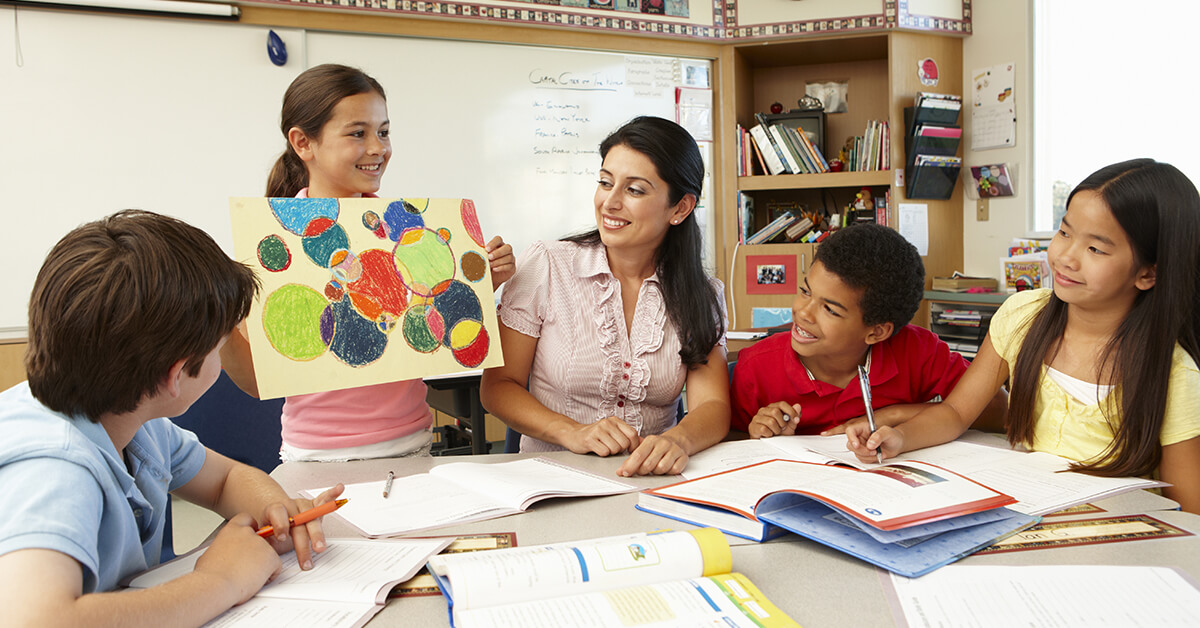January 27, 2022
Every parent knows their child has a unique personality and needs. We know as children develop, their main goal is to have agency in their lives. For example, toddlers will have a meltdown if their milk is served in the wrong color cup. Elementary-aged children expand upon their likes and dislikes, exploring the world through questions and finding ways that they are unique. By middle school, our students are in outright rebellion, desperate for control over their decisions as their brain begins to develop maturity, through trial and error. When students make their way through high school they are taking the baby steps into adulthood, trying to figure out the path they will follow into college and career.
As children struggle to have more control over their lives, at home, parents scaffold these experiences to develop the skills of self-reliance, responsibility, and organization. These are not skills that can be developed in a vacuum but slowly learned through opportunities to explore the world and develop agency.
Educators can embrace the human development stages in their students’ lives by giving them the safe space to exercise agency in their learning. By opening up the classroom to choice,…


